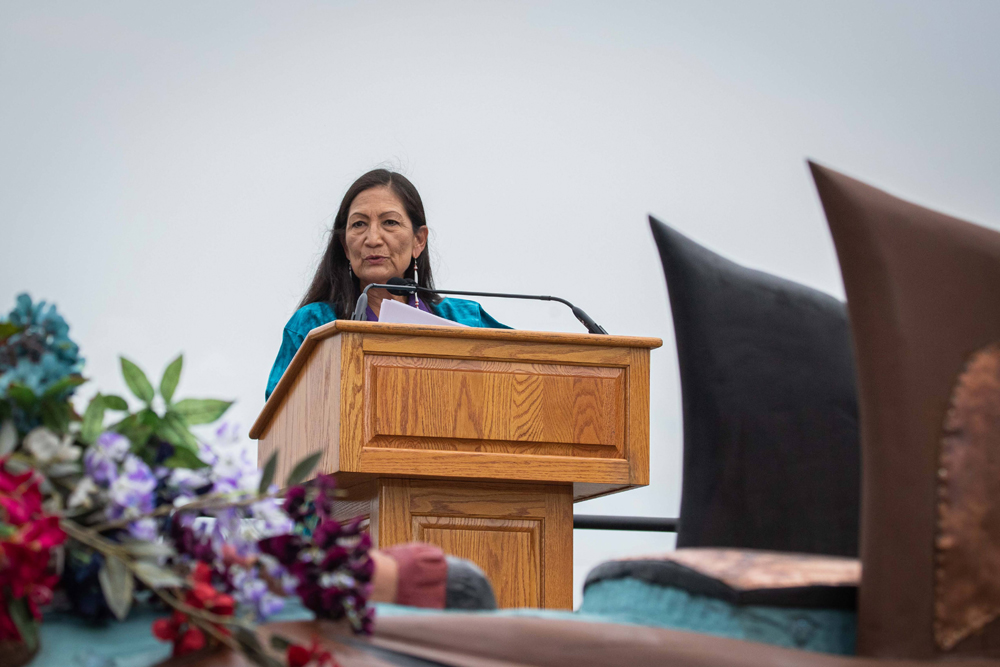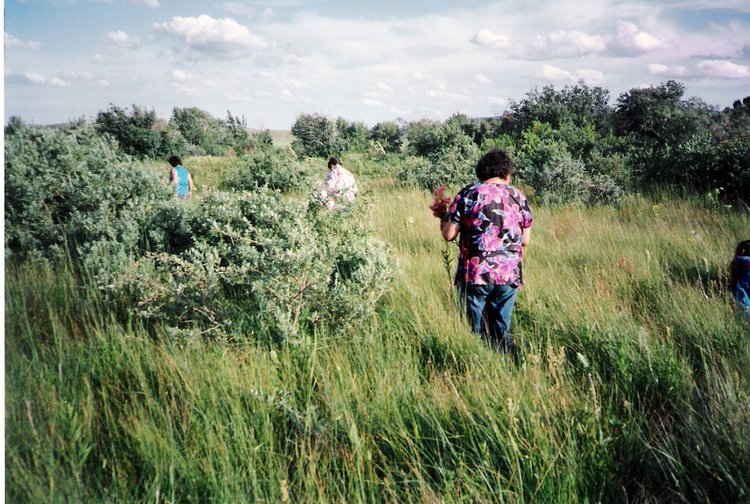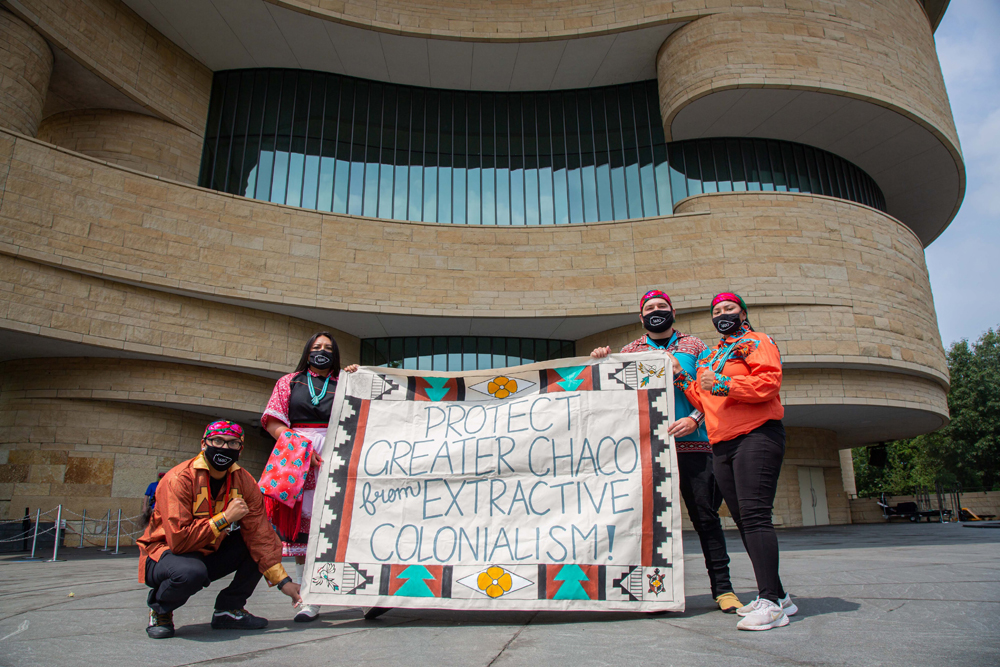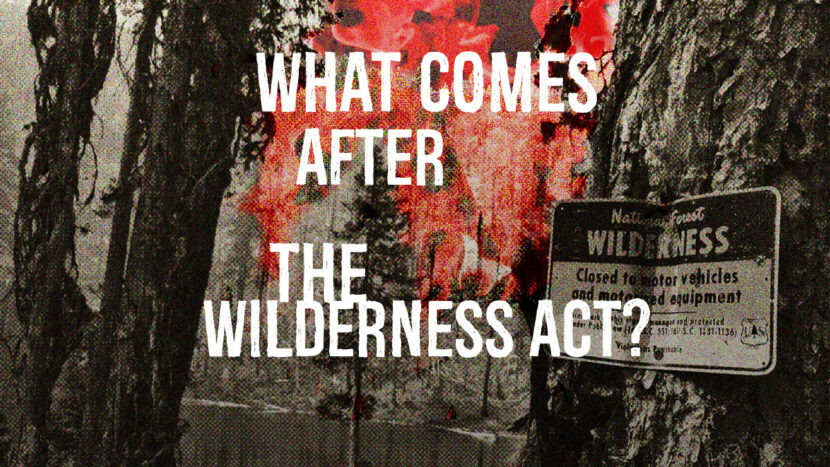2024 Highlights from the Red Natural History Fellows
Over the course of the past week, deadly wildfires rapidly spread through Los Angeles, destroying thousands of structures and upending everyday life across the second largest city in the United
read more...





 Rosalyn LaPier (Blackfeet/Métis) is an award winning writer, ethnobotanist, environmental activist and Professor of History at University of Illinois Urbana-Champaign. She/they work within Indigenous communities to revitalize Indigenous & traditional ecological knowledge (TEK), to address environmental justice & the climate crisis, and to strengthen public policy for Indigenous languages. The author of Invisible Reality: Storytellers, Storytakers and the Supernatural World of the Blackfeet (2017), she/they are a 2023-2025 Red Natural History Fellow. Rosalyn is an enrolled member of the Blackfeet Tribe of Montana and Métis.
Rosalyn LaPier (Blackfeet/Métis) is an award winning writer, ethnobotanist, environmental activist and Professor of History at University of Illinois Urbana-Champaign. She/they work within Indigenous communities to revitalize Indigenous & traditional ecological knowledge (TEK), to address environmental justice & the climate crisis, and to strengthen public policy for Indigenous languages. The author of Invisible Reality: Storytellers, Storytakers and the Supernatural World of the Blackfeet (2017), she/they are a 2023-2025 Red Natural History Fellow. Rosalyn is an enrolled member of the Blackfeet Tribe of Montana and Métis.

